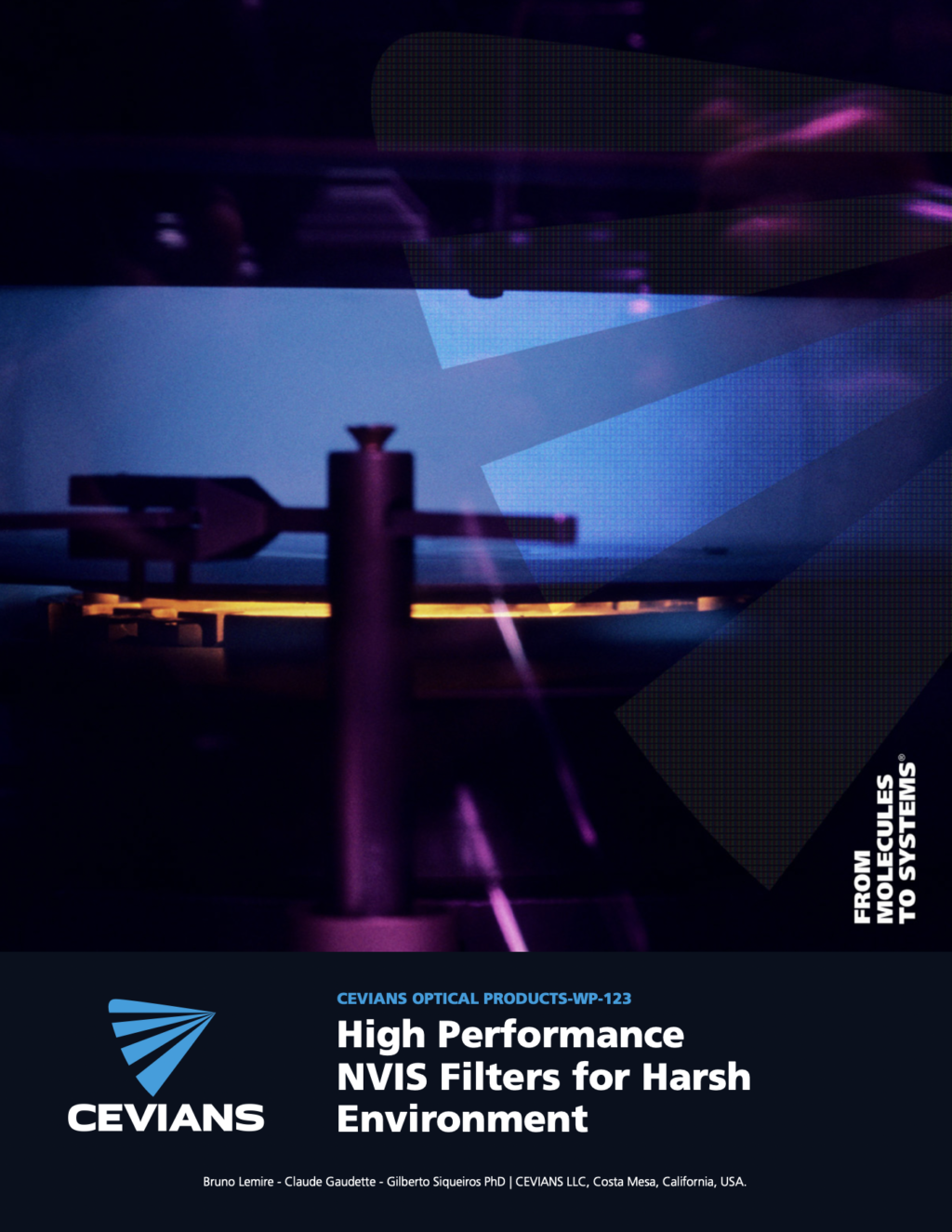Over the past three decades, display systems have become indispensable tools in both military and commercial cockpits. Although these markets share many performance requirements, they also present unique challenges. Commercial cockpit instruments often face the infamous coffee and Coca-Cola spill tests, while military products undergo rigorous fungi growth tests. One common requirement, however, is sunlight readability, which is of paramount importance for design engineers serving both segments. As cockpit displays transition to being predominantly glass surfaces, the optical performance of cockpit instruments has never been more critical. This holds particularly true for military cockpits, where pilots’ limited head mobility demands stringent measures to counter specular reflections and ensure optimal performance, especially in high-stress combat scenarios where response time is everything.
In the early stages of adopting display technologies in cockpits, the US Navy established MIL-L-85762A standards, which later shaped Cevians’ night vision development and set forth specific requirements for emissive displays’ sunlight readability. At that time, display technologies included CRT displays, LED dot matrix, and electroluminescent sources. Although these technologies have evolved significantly, the environmental and physical challenges remain consistent.
The initial specifications aimed to establish requirements at the technological boundaries of the time, defining a contrast ratio of 4.6:1 with 10,000 fc diffuse illumination and the specular reflection of a 2000 f L source. This represented both non-specular sunlight contribution and specular reflection from the cockpit environment on a display’s front surface. Achieving this contrast ratio for AMLCD (Active Matrix Liquid Crystal Display) based displays demanded careful consideration of various optical assembly elements, such as surface specular and diffuse characteristics, AMLCD key materials (e.g., black mask reflection, polarizer surface conditions), and precise index matching of front layers, including indium tin oxide (ITO) layers. Additional factors contributing to high-contrast displays included the brightness of the backlight system and the transmission leak of otherwise black pixels.
For over a decade, display contrast design objectives were commonly set to the minimum level of the MIL-L-85762A standard at 4:1. However, the introduction of large area displays in newer combat aircraft raised the requirements to contrast ratios of 7:1. Engineers achieved this improvement through a combination of better thin-film coating antireflective performance and enhanced AMLCD optical characteristics. Notably, Cevians has recently developed multiple AMLCD assemblies surpassing a 13:1 contrast ratio when measured in accordance with MIL-L-85762A. A prime example is the most recent assembly designed for the F-15ex fighter, made possible by meticulous AMLCD pixel aperture and black mask geometry design, coupled with Cevians’ cutting-edge anti-reflective thin-film coating deposition process and optical composite assembly.
In conclusion, the evolution of display systems in military and commercial cockpits has been marked by significant advancements in addressing sunlight readability challenges. Design engineers’ dedication to surpassing standards has led to the development of highly efficient and resilient AMLCD assemblies, ensuring clear and accurate visual information even under intense sunlight exposure. As the demand for superior cockpit displays continues to grow, manufacturers must remain committed to innovation and collaboration, working hand in hand with technological advancements to meet the ever-evolving requirements of modern aviation.


